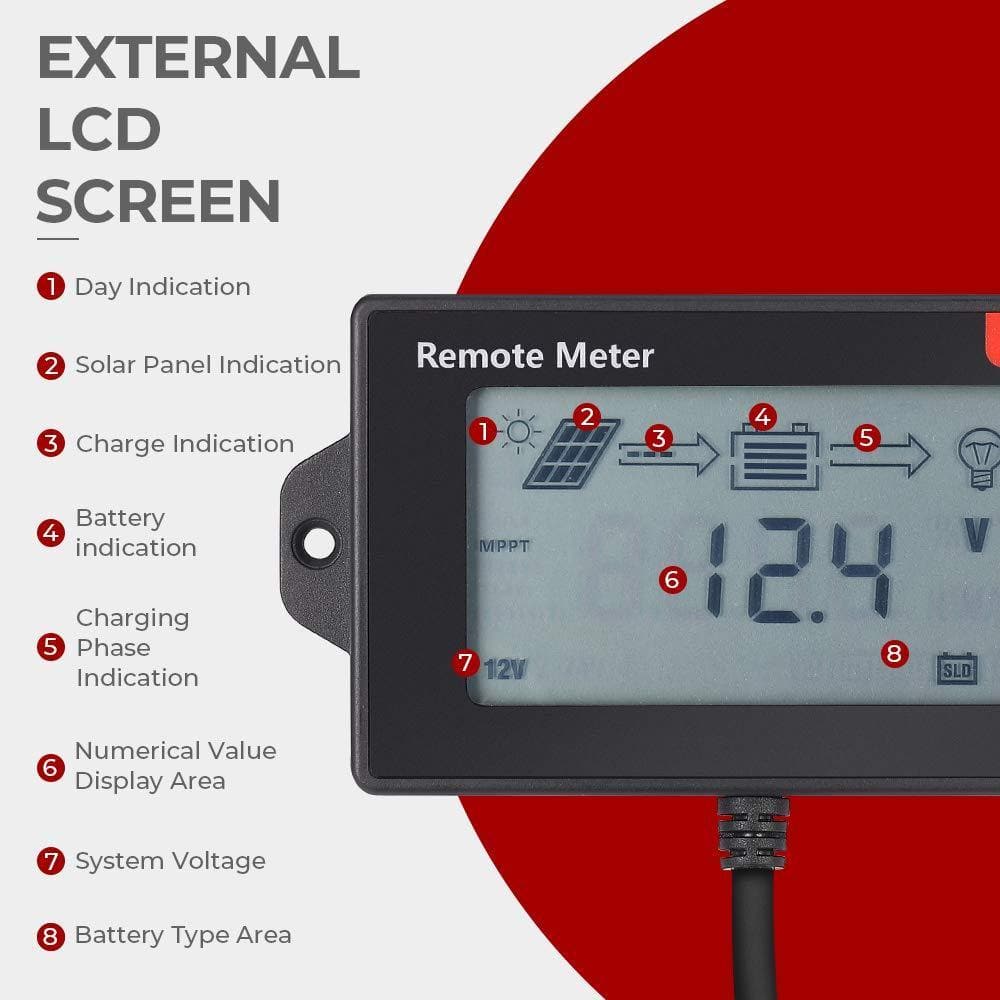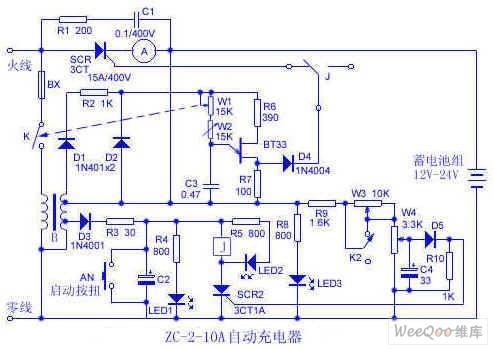

Nothing is more frustrating that a dead battery. This invention relates generally to rapid charging of lithium-based batteries, and more specifically to a circuit and method for modulating pulsed current in a rapid charging system.
#BATTERY PULSE CHARGE CIRCUIT FOR USE WITH STANDARD CHARGER FULL#
The method of claim 12, wherein charging is terminated when an event occurs, wherein the event is selected from the group consisting a pulse charge off-time exceeding a predetermined threshold, energy stored in the at least one rechargeable cell reaching a predetermined percentage of full capacity, a pulse charge on time falling below a predetermined threshold, and expiration of a timer. The circuit of claim 11, wherein the constant is between 200 and 300.ġ3. coupling the charging current to the at least one rechargeable cell.ġ2. dividing a constant by the time that the charging current is applied to the at least one rechargeable cell to determine a wait time f. decoupling the charging current from the a least one rechargeable cell when the voltage across the at least one rechargeable cell reaches a predetermined maximum e. measuring the time that the charging current is applied to the at least one rechargeable cell d. applying a charging current to the at least one rechargeable cell c. monitoring a voltage across the at least one rechargeable cell b. A method for charging a rechargeable cell, the method comprising the steps of: a. a fuel gauge comprising a microprocessor core and a memory and b. The method of claim 3, 6 or 9, further comprising the step of providing a circuit comprising: a. The method of claim 2, wherein the criterion comprises a change in the change in voltage across the at least one rechargeable cell per unit time.ġ0. The method of claim 7, wherein charging is terminated when an event occurs, wherein the event is selected from the group consisting of a pulse charge frequency exceeding a predetermined threshold, energy stored in the at least one rechargeable cell reaching a predetermined percentage of full capacity, a pulse charge on time falling below a predetermined threshold, and expiration of a timer.ĩ. The method of claim 6, wherein the change in voltage across the at least one rechargeable cell per unit time is between 2 and 20 millivolts per minute.Ĩ. The method of claim 2, wherein the criterion comprises a change in voltage across the at least one rechargeable cell per unit time.ħ. The method of claim 4, wherein charging is terminated when energy stored in the at least one rechargeable cell reaches a predetermined percentage of full capacity.Ħ. when the at least one cell is 90% charged, the voltage threshold is between 96 and 98 percent of the predetermined maximum.ĥ. when the at least one cell is 80% charged, the voltage threshold is between 94 and 98 percent of the predetermined maximum and d.

when the at least one cell is 70% charged, the voltage threshold is between 92 and 98 percent of the predetermined maximum c.

when the at least one cell is 60% charged, the voltage threshold is between 88 and 98 percent of the predetermined maximum b. The method of claim 2, wherein the criterion comprises a voltage threshold.Ĥ. The method of claim 1, wherein the criterion corresponds to the amount of energy stored in the at least one rechargeable cell.ģ. coupling the charging current to the at least one rechargeable cell.Ģ.

waiting until the criterion is met and h. selecting a criterion based upon the amount of energy stored in the at least one rechargeable cell g. determining the amount of stored energy in the at least one rechargeable cell f. applying a charging current to the at least one rechargeable cell d. monitoring a voltage across the at least one rechargeable cell c. monitoring stored energy in at least one rechargeable cell b.


 0 kommentar(er)
0 kommentar(er)
